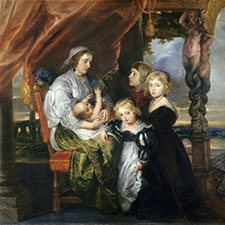
Rubens, The Gerbier Family
Rubens, The Gerbier Family: The thorough investigation and pigment analysis have answered several important questions concerning this painting.

Rubens, The Gerbier Family: The thorough investigation and pigment analysis have answered several important questions concerning this painting.
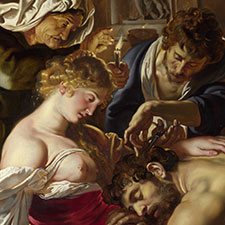
Rubens, Samson and Delilah: One of the most elaborate rendering of draperies in painting. The red robe of Delilah is painted predominantly in carmine.
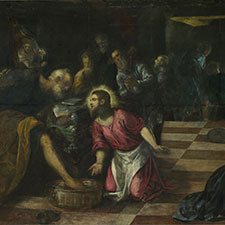
Tintoretto’s interpretaion of the biblical scene in bright colours which have now faded considerably. Main pigments are red lake, ultramarine and orpiment.
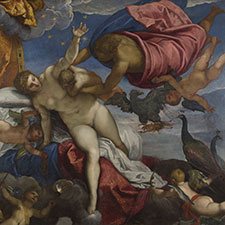
The pigment analysis of Tintoretto’s’ The Origin of the Milky Way’ revealed a very complex paint layer structure and the use of the rare pigment realgar.

Tintoretto, Portrait of Vincenzo Morosini: The pigment analysis reveals the use of the rather rare pigments realgar and orpiment in the sash of the sitter.
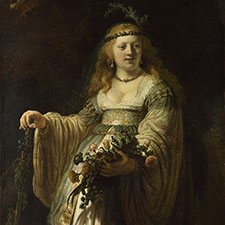
In ‘Saskia in Arcadian Costume’ Rembrandt used similar techniques to those in ‘Belshazzar’s feast. Copious use of azurite causes the overall greenish tint.
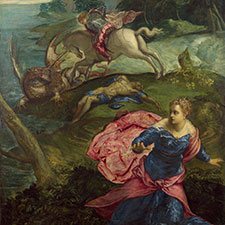
The pigment analysis of ‘St George and the Dragon’ underlines Tintoretto’s unusual treatment of this legend in putting the main emphasis on the Princess.
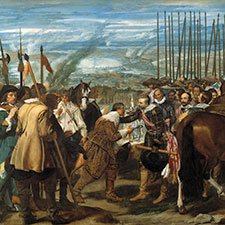
‘The Surrender of Breda’ is a work of absolute technical and conceptual maturity. The pigment analysis shows Velázquez’ extraordinary handling of color.

Bust of Philip IV is one of several portraits of the king. Scientific examination and pigment analysis revealed several later changes made by Velázquez.
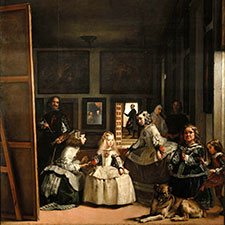
The pigment analysis of Las Meninas reveals the unusual and original use of colour by Velázquez in his best known masterwork.
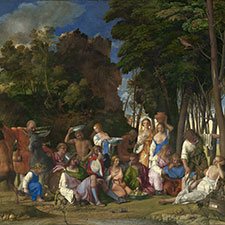
Feast of the Gods was painted by Bellini and later overpainted by Titian. The scientific examination reveals the details of this overpainting.
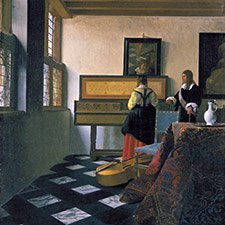
‘The Music Lesson’ is Vermeer’s mature work painstakingly composed and executed. The lady turns her back on the viewer but her head is reflected in a mirror.

‘A lady reading a letter’ is Vermeer’s early painting and one of his first household scenes dominated by subtle light and seemingly stopped time.
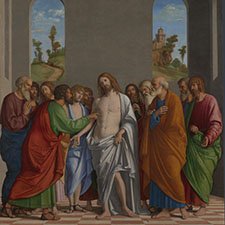
Pigment analysis of Cima’s ‘The Incredulity of Saint Thomas’ reveals the use of the usual Renaissance pigments applied in a very elaborate manner.
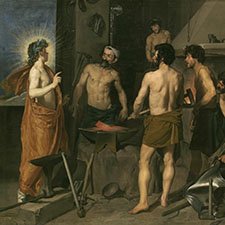
Velázquez used a limited choice of pigments to depict this antique myth of Apollo visiting Vulcan in his forge to tell him about his adulterous wife.
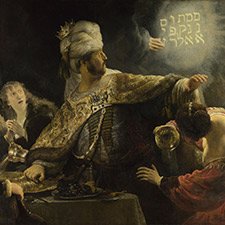
Rembrandt’s depiction of a story from the Old Testament about the blasphemy of the Babylonian king and his punishment by God.
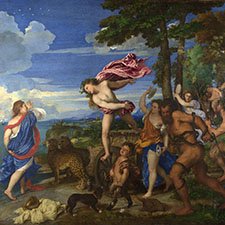
Titian, ‘Bacchus and Ariadne’. A classic story of love and deceit depicted by one of the greatest Italian painters of high renaissance.